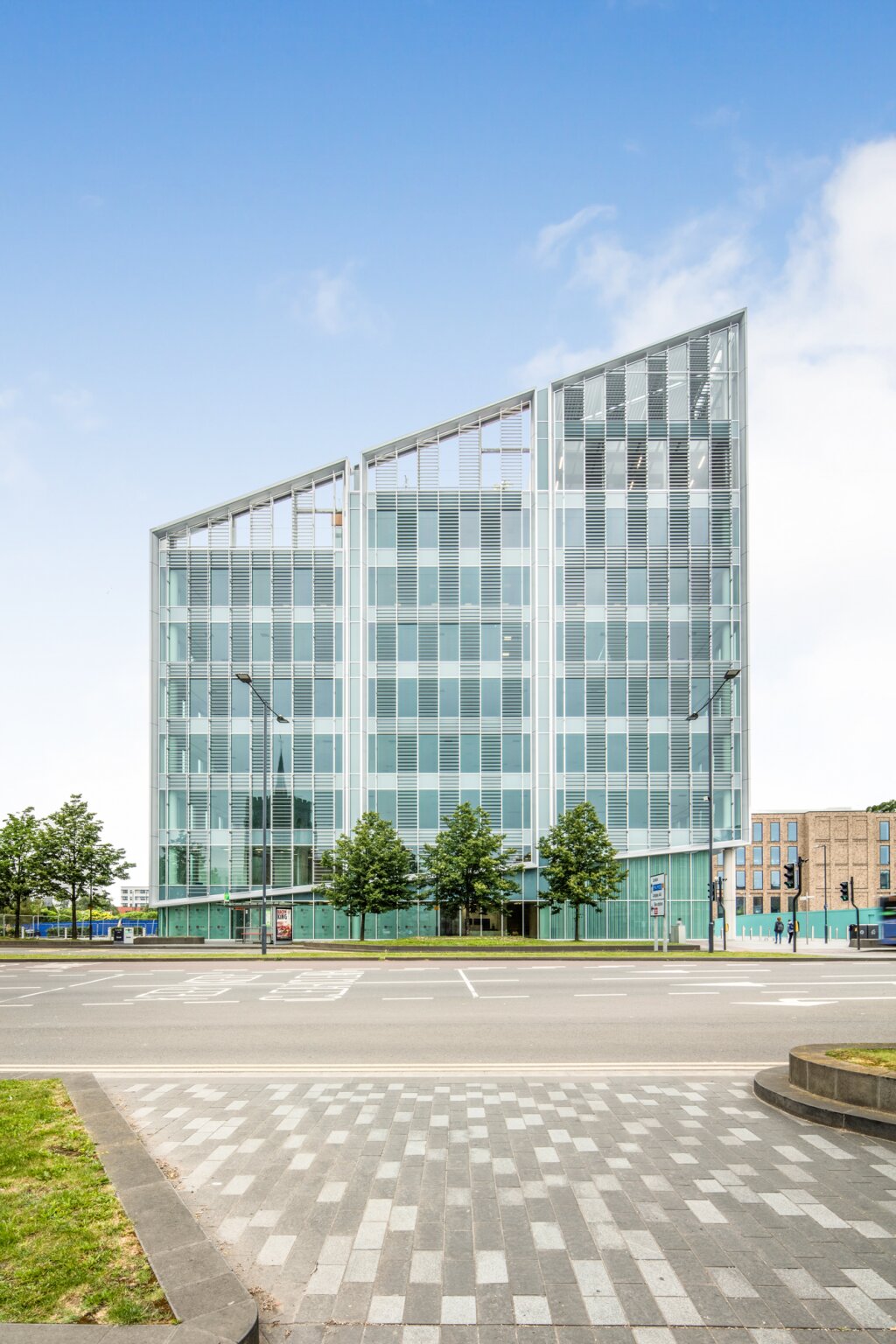If real estate owners want to tackle sustainability issues there is no better place to start than talking to tenants.
With real estate responsible for 40% of global greenhouse gas emissions, the property industry’s commitment to sustainability has never been so scrutinised. Last year’s controversy around Marks & Spencer’s plans to demolish and rebuild its Oxford Street flagship store is a prime example. However, an arguably more important but less talked-about issue within the sustainability debate is the common gap between design estimates of carbon emissions and actual operational performance.
According to a study of 49 buildings conducted by Innovate UK , average total carbon emissions of these buildings were 3.8 times higher in operation relative to the buildings’ design estimates. Consequently, Avison Young research found that while the environmental standard of new and refurbished buildings has increased in recent years (in terms of grades and certifications), this has not corresponded to an equivalent rise in actual environmental performance.
This performance gap was found to be caused by several factors, including over-complicated building management systems and facilities that alienate users, a lack of education on the most efficient means of use, occupiers not buying in to sustainable practices and simple human preference and behaviours. After all, a BREEAM rated ‘Excellent’ building is not so excellent if the lights are left on when nobody’s at work. Bridging this performance gap is vital to ensuring that UK real estate can operate at the level required for a net zero economy, but how can this be achieved?
“At the heart of the issue is communicating with tenants and occupiers; those who actually use the building, in order to facilitate more sustainable behaviours. Thankfully, technology is enabling landlords and asset managers to communicate and engage with tenants like never before.
”
For example, working with 444 Digital we are using digital screens across five buildings in our portfolio, from The Colmore Building in Birmingham to The Kensington Building in London via The Future Works in Slough (and even including our own AshbyCapital offices). Rather than simply showing public transport status updates and breaking news, we are instead displaying real-time air quality information and energy usage from our buildings, helping to raise awareness of energy performance and encourage tenants into sustainable behaviour.
Harnessing existing Smart Spaces technology, we use smart sensors from around a building to compile an air quality dashboard which displays live data on everything from CO2 levels to PM2.5, humidity, temperature as well as an overall air quality score, while a future sustainability dashboard will show electricity, gas and water usage vs targets as well as how much reclaimed energy the building is using from solar panels, rainwater harvesting and so on.
More importantly, explainers are provided so that tenants aren’t left to decipher these figures on their own, while all of the data is then related to actions that occupiers can take to reduce or mitigate any deficit, such as “if 46 people turn off their monitors at night we will meet our energy use target”. The onus isn’t purely on occupiers either. By implementing these sustainability dashboards across our whole portfolio, we can monitor the performance of each building at a glance, allowing us to make improvements where necessary.
With hybrid working now widespread, employees are far more familiar with using apps in the workplace and involving technology in their day-to-day work, and as landlords seek to tempt employees back to the office it is vital that tenants feel engaged on their return. Delivering engaging content through digital screens and tailor-made building apps therefore has a crucial role to play in this, and in turn this has the potential to make a real difference in the operational sustainability of office buildings. As real estate seeks to put itself at the forefront of the sustainability drive, it is only by communicating with occupiers that these gains can be realised.
